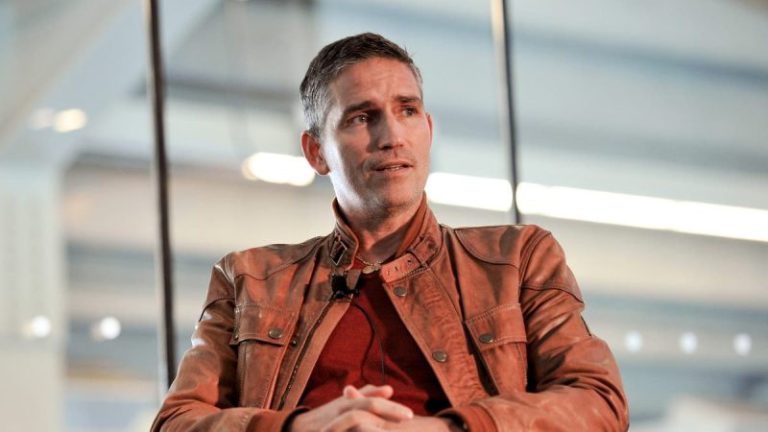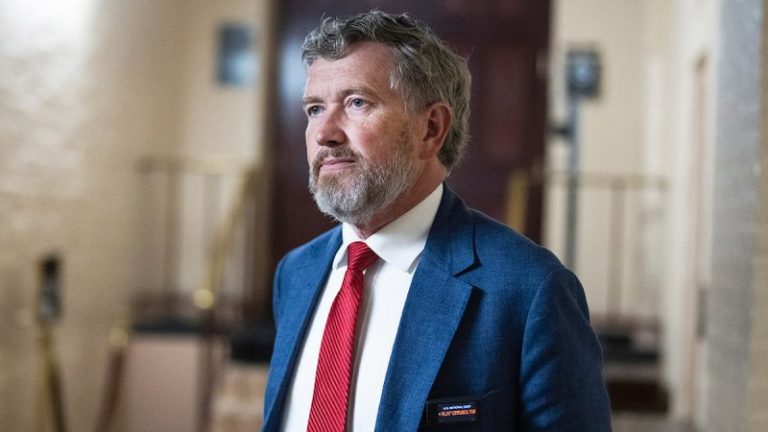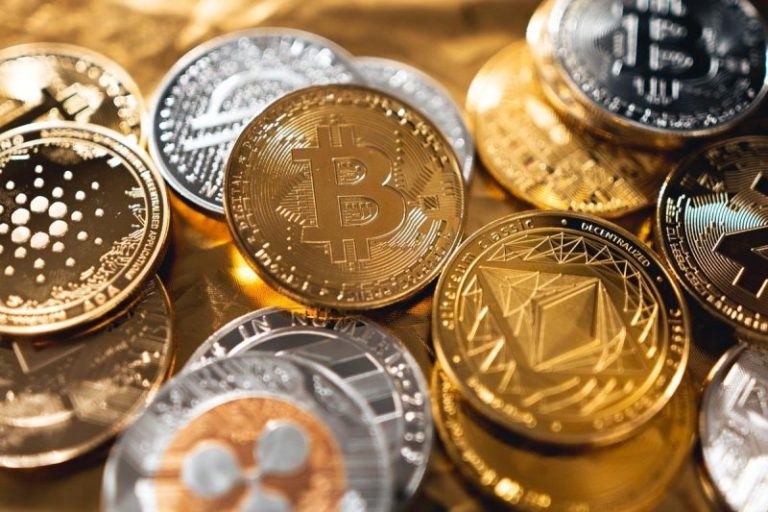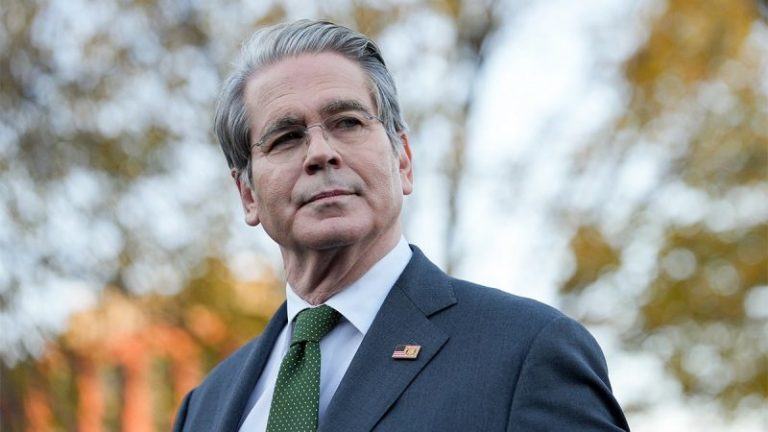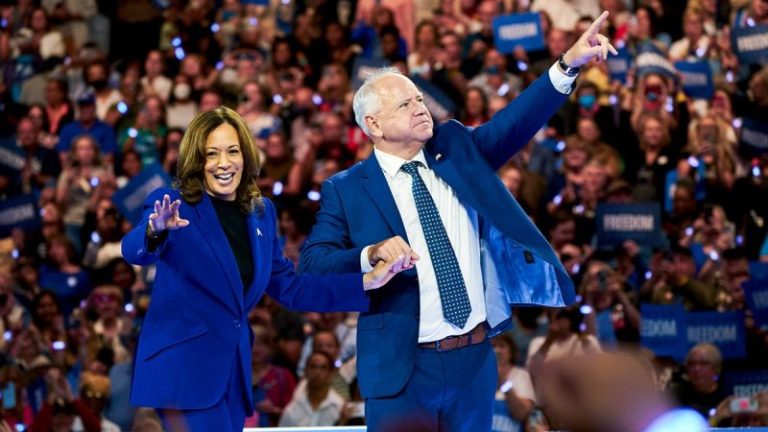George Washington Plunkitt was born into poverty in 1842 but rose through the ranks of the Democratic Party machine of New York, the famed ‘Tammany Hall,’ to become a state representative and a state senator. He also became quite wealthy along the way.
Plunkitt always defended his machine and its methods — and the money they made him. Plunkitt would gladly defend the practices of Tammany, rebutting charges of corruption with the standard reply that ‘nobody thinks of drawin’ the distinction between honest graft and dishonest graft. There’s all the difference in the world between the two.’
Plunkitt’s brazenness lives on in the modern-day machines of the left, found in the deep-blue jurisdictions of the country. With the focus on the bilking of Minnesota taxpayers by the Somali community of the Twin Cities (many citizens, many not), voters across the country are still in shock as the story has unfolded since 2022. The lights shone on the Gopher State should get much brighter now, and after that, I have a follow-up that will make the swamp of the Twin Cities seem like a puddle.
The Minnesota story has been hiding in plain sight, with superb reporters from one of the original blogs of more than 20 years ago, Powerline, poring over the scandal for years.
Powerline’s founders John Hinderaker and Scott Johnson, and more recently their colleague Bill Glahn, have continued to dig and report, dig and report, dig and report on the ‘Somali connection.’
In recent weeks, the story caught fire with the help of reporting by Ryan Thorpe and Christopher Rufo of the Manhattan Institute’s City Journal and by Fox News. That ‘Minnesota is drowning in fraud,’ as Thorpe and Rufo put it, has now become a national story. Pray that it is the first of many.
‘There’s an honest graft, and I’m an example of how it works,’ Boss Plunkitt would say. ‘I might sum up the whole thing by sayin’: I seen my opportunities and I took ‘em.’
Turns out the defendants, the indicted and the convicted in the Gopher State saw their opportunities as well, and they put Tammany to shame when it came to scale and speed.
The conmen of Minnesota bilked the state out of vast piles of cash through a variety of plays, the most infamous of which is, for the moment, ‘Feeding Our Future.’ It took truly extraordinary efforts by Minnesota Gov. Tim Walz and the state’s attorney general, Keith Ellison, to turn their eyes the other way to allow that scam and soon others to flourish. The possessed girl in ‘The Exorcist’ had nothing on Walz and Ellison when it came to turning their heads.
We have former Attorney General Eric Holder and former White House Counsel Dana Remus to thank for elevating the massive fraud ring run primarily out of the Somali American and Somali community in the Twin Cities to the nation’s attention.
Why? Because that pair made Walz much more than an obscure governor of a deep-blue state. That duo was primarily responsible for ‘vetting’ the 2024 Democratic nominee for vice president as one of Democratic presidential candidate Kamala Harris’ potential running mates. The dynamic duo of Holder and Remus either wholly missed the massive cons run on Walz’s watch or judged them not significant enough to derail his candidacy.
During ‘Brat Summer,’ the legacy media abandoned its past practices and joined in the effort to push the worst pair of candidates to the finish since Alf Landon and Frank Knox got blown out by FDR in the 1936 referendum on Roosevelt’s New Deal.
Holder blessed Walz, and Holder’s fans in the Manhattan–Beltway corridor followed suit. Media elites blessed Holder’s judgment in turn.
Big mistake.
Now Walz is part of the national Democratic Party’s brand and refuses to go away, choosing to concentrate his efforts on running for a third term as governor next year — and apparently hoping he might be the party’s standard-bearer in 2028. Instead, ‘Feeding Our Future’ broke out of the Minnesota news ghetto and onto the national stage.
‘Run Tim Run’ should be the GOP’s chant, alongside ‘Run Gavin Run,’ because just like Walz, California Gov. Gavin Newsom has some industrial-level explaining to do.
No, I’m not referring to the California governor’s French Laundry debacle. And no, not the devastating fires that tore through L.A. in January. Not even his indicted former chief of staff. No, the exact parallel to Walz’s woe is the Newsom administration’s handling of COVID-era relief for the unemployed — a statewide con run by political cons.
The Pandemic Unemployment Assistance program (PUA), like the Lost Wages Assistance plan, was devised and funded by Congress to keep alive Americans left unemployed or with their businesses shuttered by COVID lockdowns. Like standard unemployment programs, these COVID-era programs were primarily run through state unemployment insurance offices and other state agencies.
The COVID lockdowns were unprecedented, and the public health ‘authorities’ responsible for advising and administering them should never be taken seriously again.
Many of those bureaucrats, drunk on new authority, stepped forward when elected officials sought guidance on what to do about the mysterious and deadly disease imported from China. (Their dismissal of the lab-leak theory speaks to their actual, as opposed to presumed, expertise.)
When lockdowns became the solution du jour, Congress rightly understood that they were shutting down the livelihoods of tens of millions of Americans and flooded the country with life-saving money — three times.
It was not just the Minnesota Somali community that had ‘seen their opportunities and took ‘em.’ So, too, did the cons of California: the real, honest-to-goodness cons of the California penal system — inmates for whom available time to scheme and scam is abundant.
Ask your favorite AI engine, ‘How much fraud was perpetrated against the California Employment Development Department during COVID?’ The answers will vary, but the floor on the cost of the fraud is $20 billion. The ceiling is more than $30 billion.
The Golden State’s EDD is ‘run’ by a director, and Gov. Newsom, who took office in 2018, has appointed two: Rita Saenz and Nancy Farias. COVID arrived on Newsom’s watch, and he and his appointees should own the fraud that followed. They make the Walz–Ellison team look like pikers when it comes to ignoring fraud.
In his first term, President Trump stood up Operation Warp Speed, and Congress rightly decided to (1) spend federal dollars to lessen the lockdown pain and (2) leave the payment of most public benefits to state agencies, while COVID business loans were handled by private-sector banks as the Federal Reserve and Treasury Department innovated in a variety of ways to prevent an economic crash.
The years following the mishap at the Wuhan lab demonstrated the vast incompetence of the American administrative state but also the necessity of a federal government to pick up the tab when ‘scientists’ lose their collective minds and, for example, counsel the closure of schools.
The official timeline has COVID appearing in Wuhan in December 2019 and reaching U.S. shores a month later. We may never know when the first cases were diagnosed by the Chinese Communist Party, and we are not in a position to investigate the horrific fraud and consequent disaster for which General Secretary Xi Jinping is responsible.
But President Trump could order a six-month deep dive into the financial fraud that followed in the U.S., not just in Minnesota and California — though those are the ‘patient zeroes’ for never allowing a crisis to pass without enriching the state’s worst actors.
Could President Trump stand up a time-limited panel to investigate fraud perpetrated on state agencies during COVID? Yes. Might that panel torch a few GOP reputations along the way? Inevitably.
But the interest in the Minnesota Somali shakedown should be a demand signal for accountability across the country.
President Trump often acts in the mold of Teddy Roosevelt, who, like 45–47, was never afraid of a headline — provided he provoked it.
Now is the time for the president to ask a handful of the smartest, most respected people in the country to sort through the wreckage of the COVID era’s many state governments’ responsibilities and ‘initiatives’ and report in rapid fashion — and in clear English — the scale of fraud perpetrated upon state agencies.
Make your search-and-publicize team smart and fast. Putting Johnson and Hinderaker as co-chairs of a strike team devoted to compiling the facts as we know them today would ensure accuracy and fine writing.
And give them a deadline: Aug. 31, 2026. Voters deserve to know how their state governments worked during COVID — or didn’t — before they vote again.
This post appeared first on FOX NEWS

